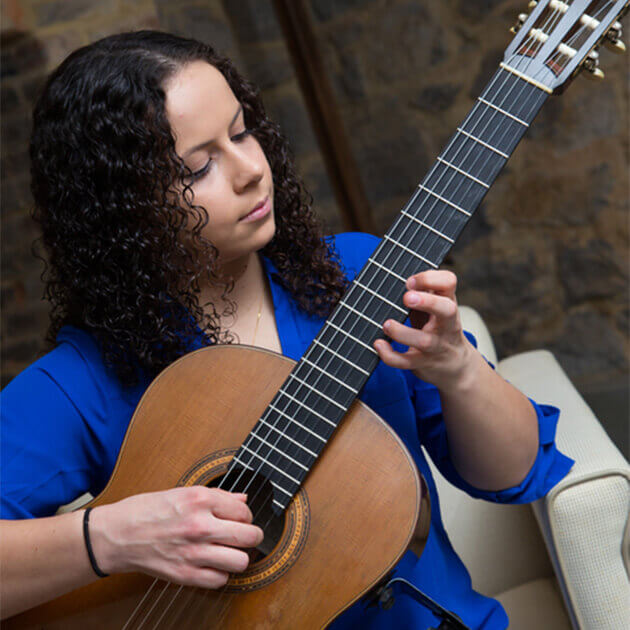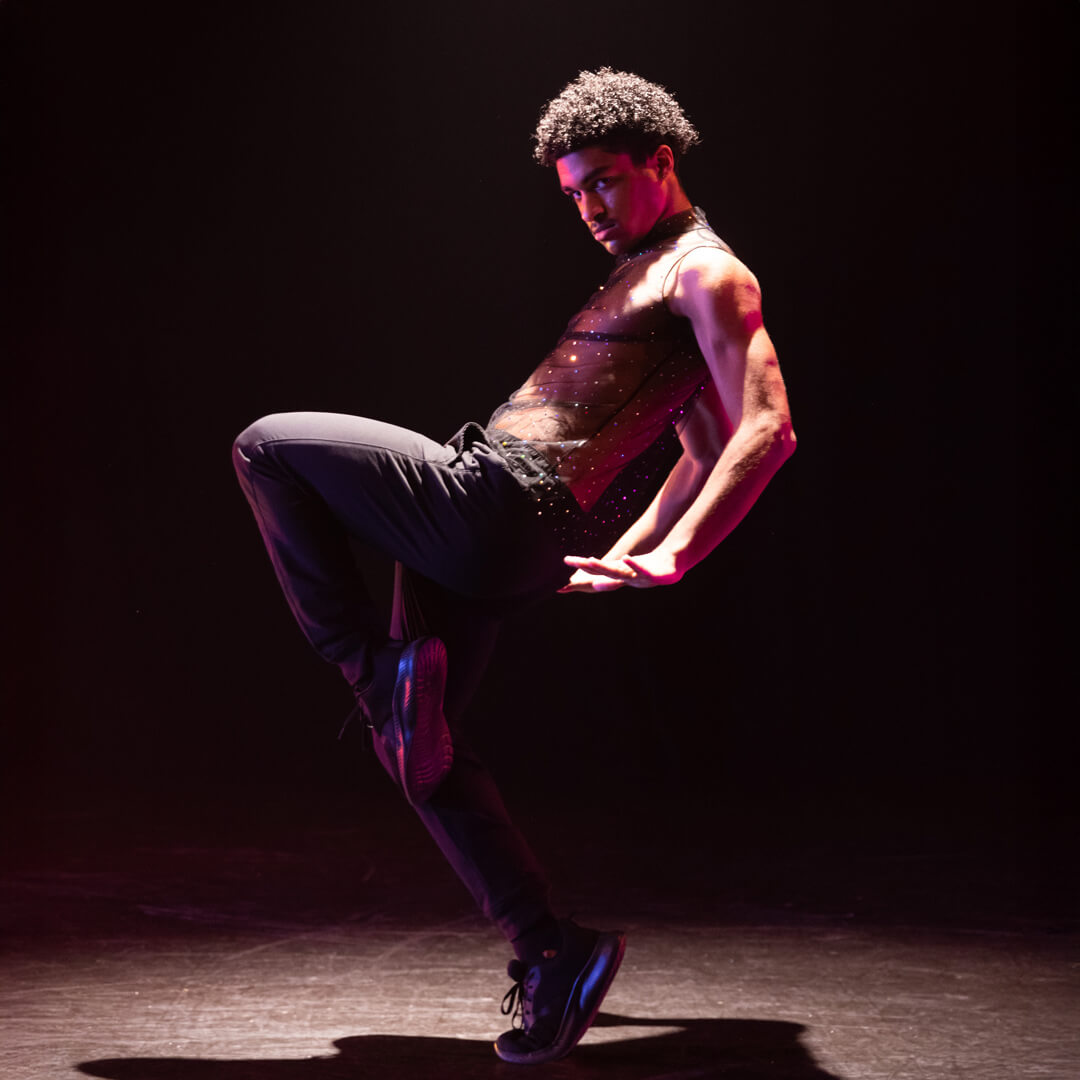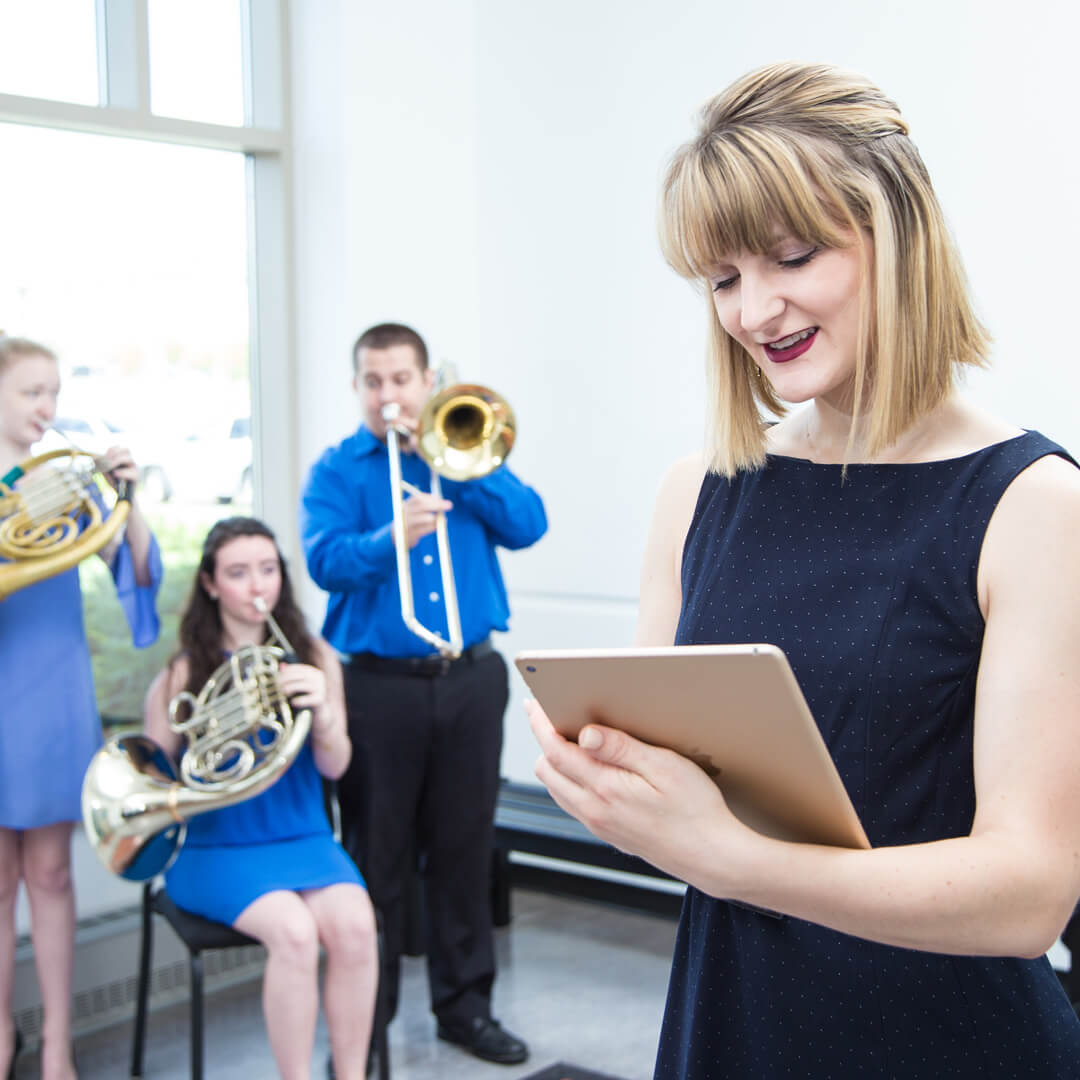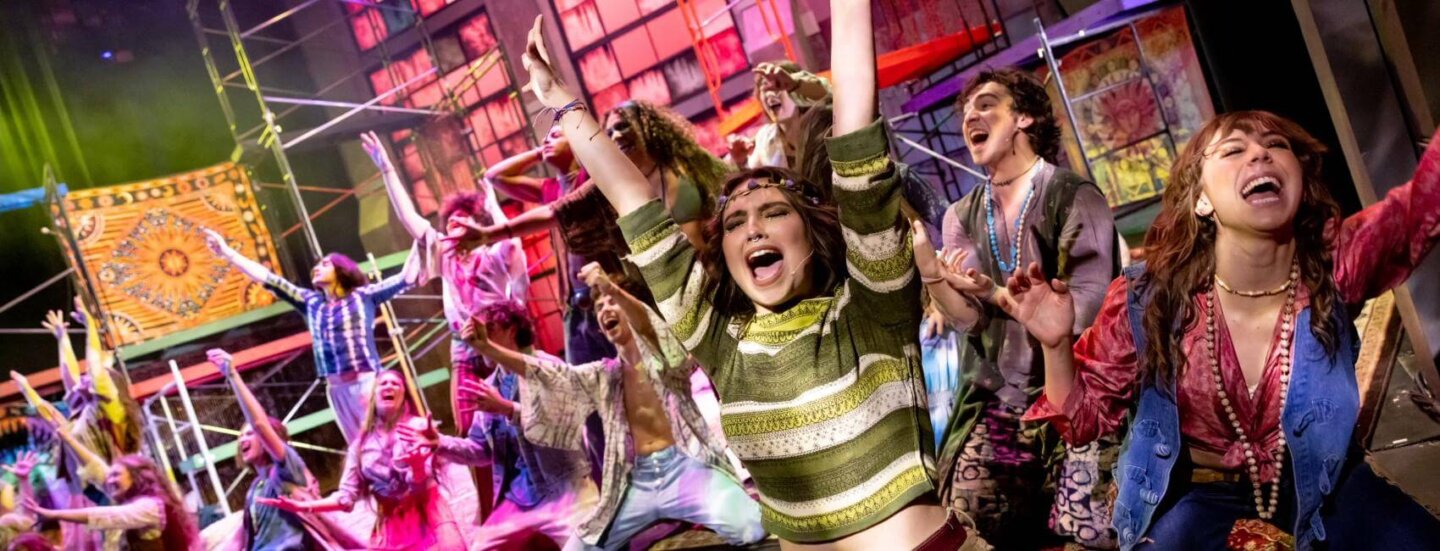
Shenandoah Conservatory
Shenandoah Conservatory is Virginia’s premier home for collaborative performing arts education.
Our Mission
As a visionary and collaborative arts community, we educate motivated students in a supportive and inclusive environment and equip them for professional success.
Shenandoah Conservatory is . . .
- Your home for high-level, individualized instruction in top-ranked programs from more than 100 master artist-educators
- Known for its unique bachelor’s, master’s, artist diploma, and doctoral programs in music, theatre, dance, and performing arts leadership
- Saturated with immersive arts experiences, including more than 300 performance opportunities produced yearly
- Igniting curiosity as a leading hub for wide-ranging research opportunities with faculty scholars
- An inclusive community of creatives pursuing artistic excellence and innovative collaborations
- Surrounded by the Shenandoah Valley’s natural beauty with convenient access to the major metropolitan areas of the East Coast
- At the center of a vital alumni network engaged in creative work on Broadway, with elite musical ensembles, in top recording studios and film and television, and as educators, music therapists, voice scientists, dancers, business owners, and so much more.
Conservatory Facts
undergraduate students
concerts and performances
full-time faculty
graduate students
performing groups
part-time faculty
Why Shenandoah Conservatory?
Aubrey Lawrence ’15
Aubrey is now thrilling audiences with the innovative dance company, Diavolo: Architecture in Motion. She tours extensively and has been featured with Diavolo on “America’s Got Talent.”
I was drawn to Shenandoah’s program because of the versatility — you didn’t have to choose an emphasis, like ballet or just jazz or just modern. It’s a triple emphasis! I have a million reasons that answer the question, ‘Why Shenandoah?’
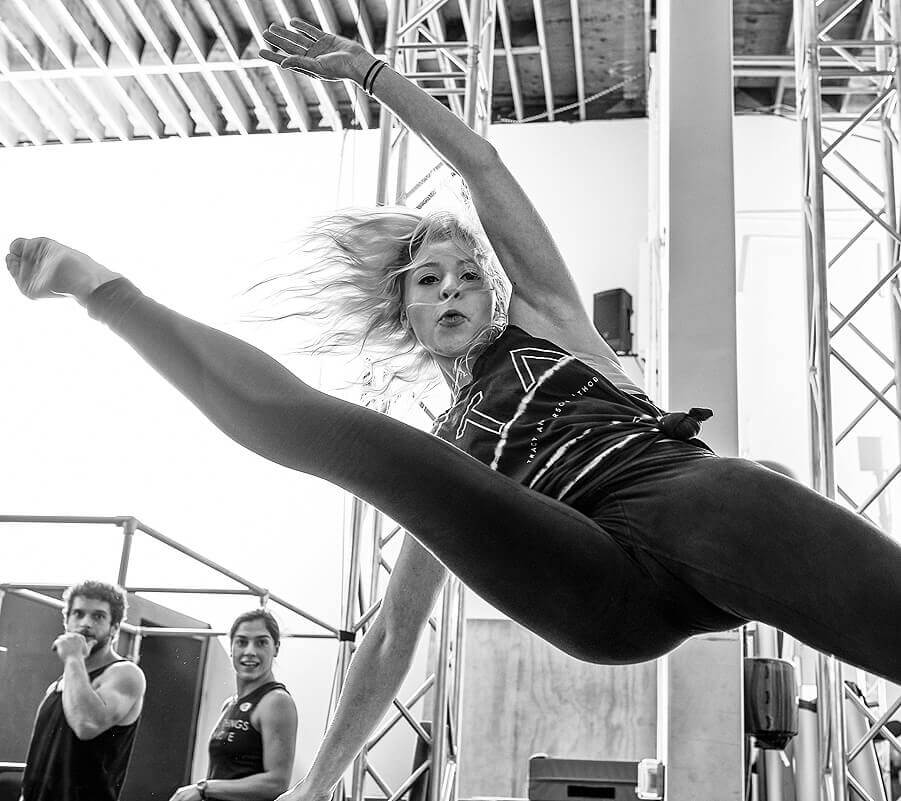
Daniel Shores ’99
Daniel mixed “Songs of Orpheus,” winner of Best Classical Solo Vocal Album at the 2019 Grammy Awards. He’s a five-time Grammy nominee and the albums he has recorded have earned 20 Grammy nominations and 1 Latin Grammy win.
I always strive to make great music — anything that happens after that is just icing on the cake. I’d rather make an album that sounds amazing than ever be concerned about an award.
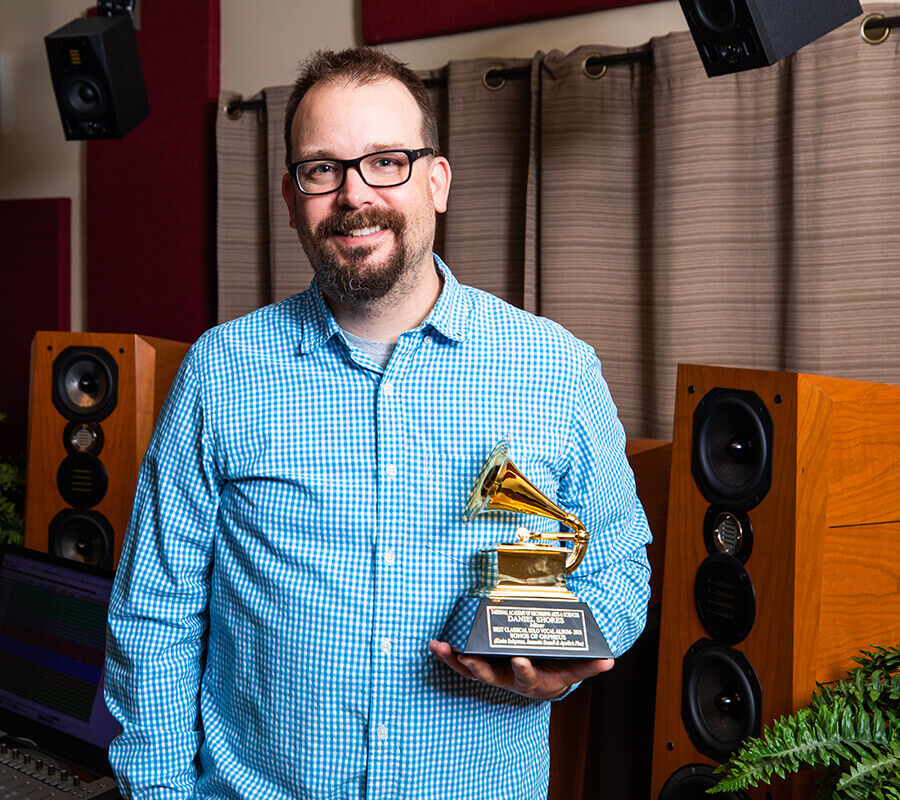
Emily Menhorn ’15
Emily is changing the lives of patients at Children’s Hospital in Oklahoma City!
He’ll lie in bed sick all day long and not speak to his doctors, nurses, or us, and Miss Emily comes in and he jumps out of bed and starts playing the drums,” said the mother of one of Emily’s patients, Carson. In a place with so much fear, uncertainty, and pain, Emily is a light that pierces darkness. “Is it easier to be here when she’s around?” asks Carson’s nurse. “Yeah.” says Carson. “Why is that?” Carson replies, “Because she gives us hope.”
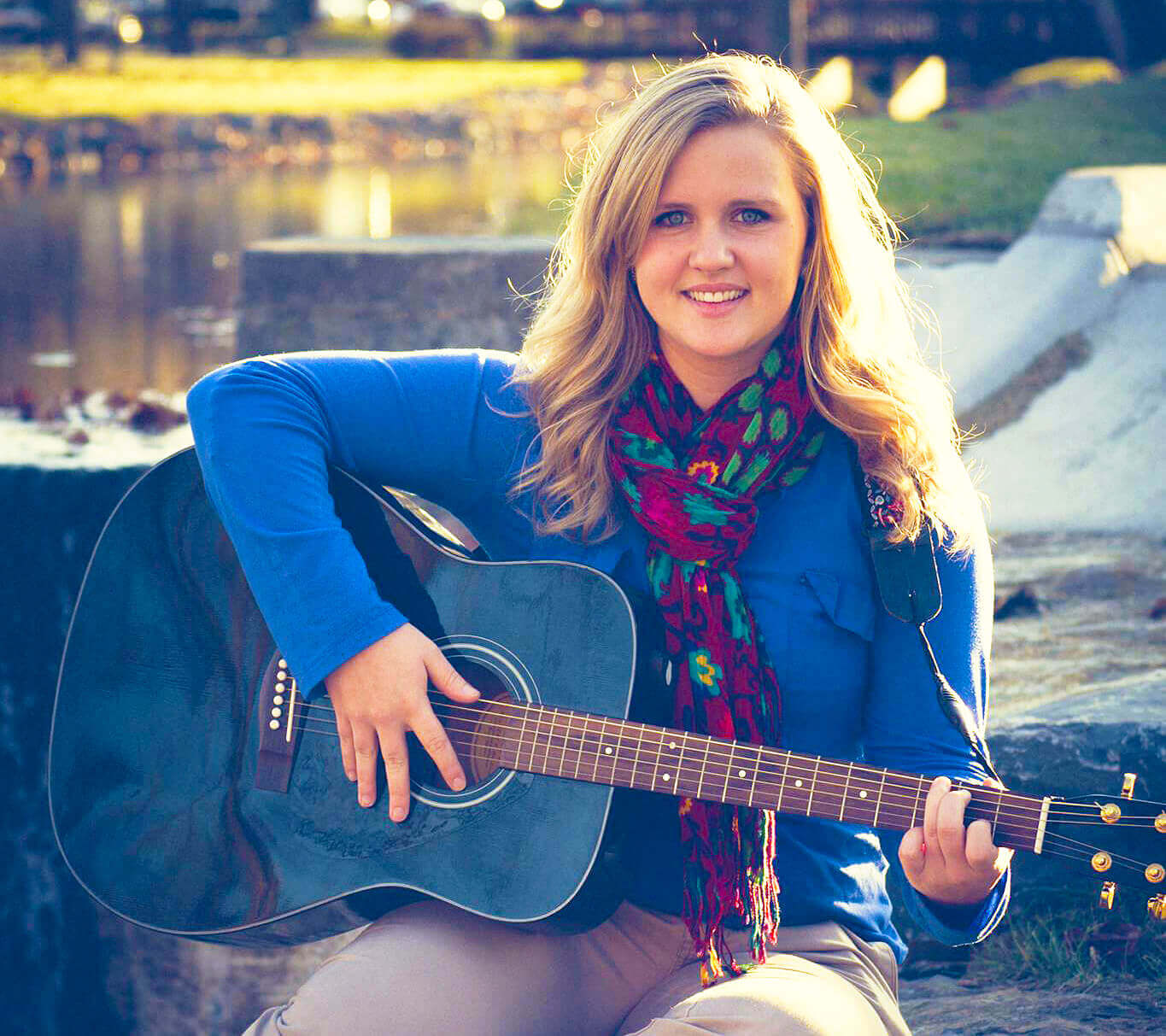
Roman Banks ’21
Roman is the first African-American to play Evan Hansen, the title role in the Tony-winning Broadway smash “Dear Evan Hansen!” He first performed the role on December 12, 2018.
I’ve received endless amounts of messages from people of color, both young and old, telling me how much it means to them that I’m playing the role. This opportunity is, in every essence of the phrase, a dream come true.

Thomas Wilkins ’74
In 2019, Thomas conducted the National Symphony Orchestra in a performance featuring Jennifer Hudson. He is the conductor of the Omaha Symphony Orchestra, Hollywood Bowl Orchestra, and the Boston Symphony Orchestra.
I’ve wanted to be a conductor since I was 8 years old. I had never heard an orchestra before, and I knew at that moment that this was what I wanted to do with my life. When a person who looks like me, sees me and thinks ‘that is a possibility for me life’ — I’m excited about that.

Admission to Shenandoah Conservatory is highly competitive.
Not only must students be academically admissible, they must also complete and pass the mandatory audition/portfolio review and interview process. Audition dates are limited and may fill and close well in advance of the audition date.
Conservatory News

Celebrating a Legacy: Shenandoah Conservatory’s Landmark 150th Anniversary Season Made Possible by Philanthropic Support
Shenandoah Conservatory proudly recognizes the generous support of donors, sponsors and foundations whose contributions are making the conservatory’s landmark 2025/26 season possible. As the conservatory…
Continue reading Celebrating a Legacy: Shenandoah Conservatory’s…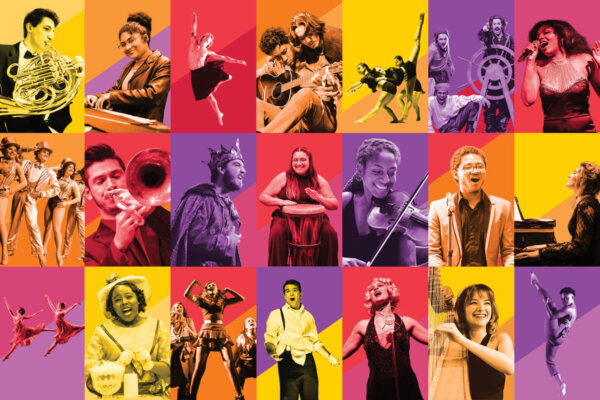
Shenandoah Conservatory Launches 150th Anniversary with a Season Featuring Hundreds of Music, Theatre and Dance Performances
Shenandoah Conservatory celebrates Shenandoah University’s 150th anniversary with a landmark 2025/26 season of music, theatre and dance. Featuring hundreds of performances by world-class faculty, acclaimed…
Continue reading Shenandoah Conservatory Launches 150th Anniversary…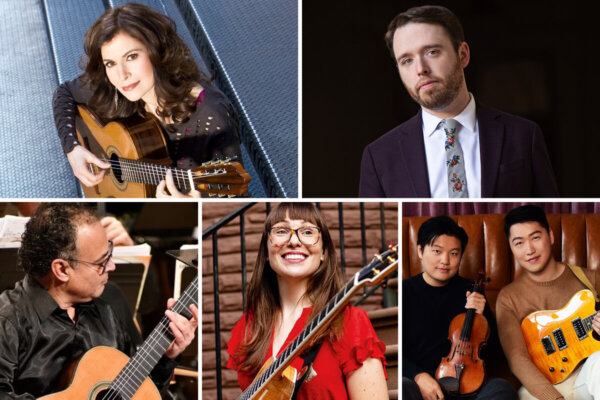
Internationally Acclaimed Guitarists Perform at Shenandoah Guitar Festival
Sharon Isbin • Colin Davin • Jocelyn Gould • Rafael Padrón • ArcoStrum
Multiple GRAMMY Award-winning classical guitarist Sharon Isbin will headline the second Shenandoah Guitar Festival, held from Friday, June 27, through Sunday, June 29 at Shenandoah…
Continue reading Internationally Acclaimed Guitarists Perform at…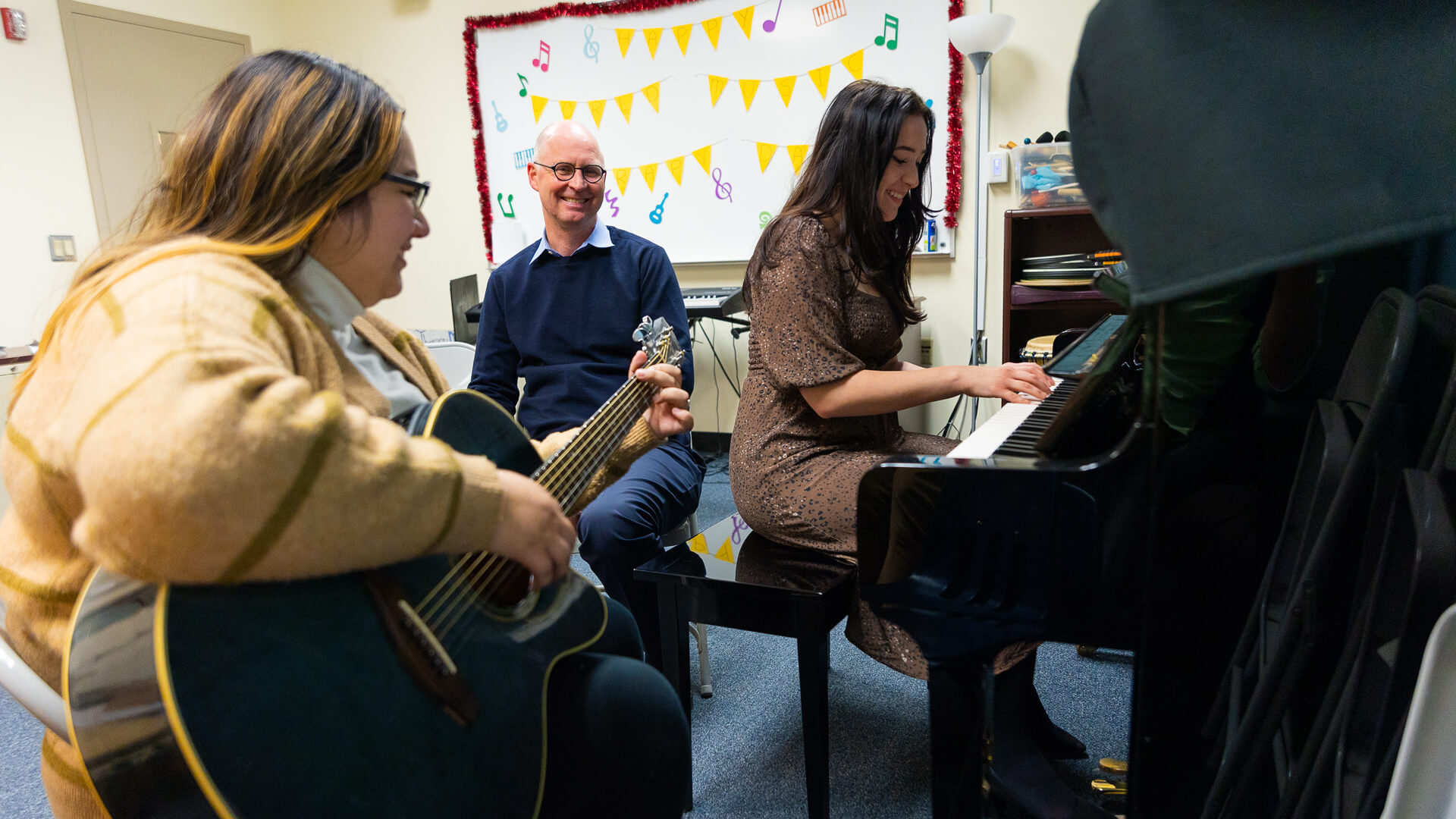
Conservatory Faculty
Caring & Accomplished
Shenandoah Conservatory’s prestigious faculty is dynamic, creative, caring, compassionate, wise and passionately committed to the highest levels of artistic and professional excellence.
Here, you’ll study with, and perform for, award-winning composers, theatre directors and designers, and choreographers; Metropolitan Opera singers; Broadway veterans; Grammy Award-winning faculty and international competition winners.
You’ll gain a vibrant, holistic performing arts education as you learn from leading scholars in music, theatre and dance and collaborate with classmates to create meaningful artistic experiences.
Conservatory Alumni

Johnson ’15, ’20 Appointed to SUNY Fredonia Faculty
Voice pedagogue and bass-baritone Colin B. Johnson ’15, ’20 (Master of Music in Pedagogy – Voice, Doctor of Musical Arts in Pedagogy – Voice) was…
Continue reading Johnson ’15, ’20 Appointed to…
Ridenhour ’15 Choreographs New Show Commemorating Kings Dominion’s 50th Anniversary
Sophie Kenworthey ’27 (Bachelor of Fine Arts in Dance) is performing in two productions at Dorney Park in Allentown, Pennsylvania this summer.
Continue reading Ridenhour ’15 Choreographs New Show…
Kenworthey ’27 Performs in Summer Shows at Dorney Park in Pennsylvania
Sophie Kenworthey ’27 (Bachelor of Fine Arts in Dance) is performing in two productions at Dorney Park in Allentown, Pennsylvania this summer.
Continue reading Kenworthey ’27 Performs in Summer…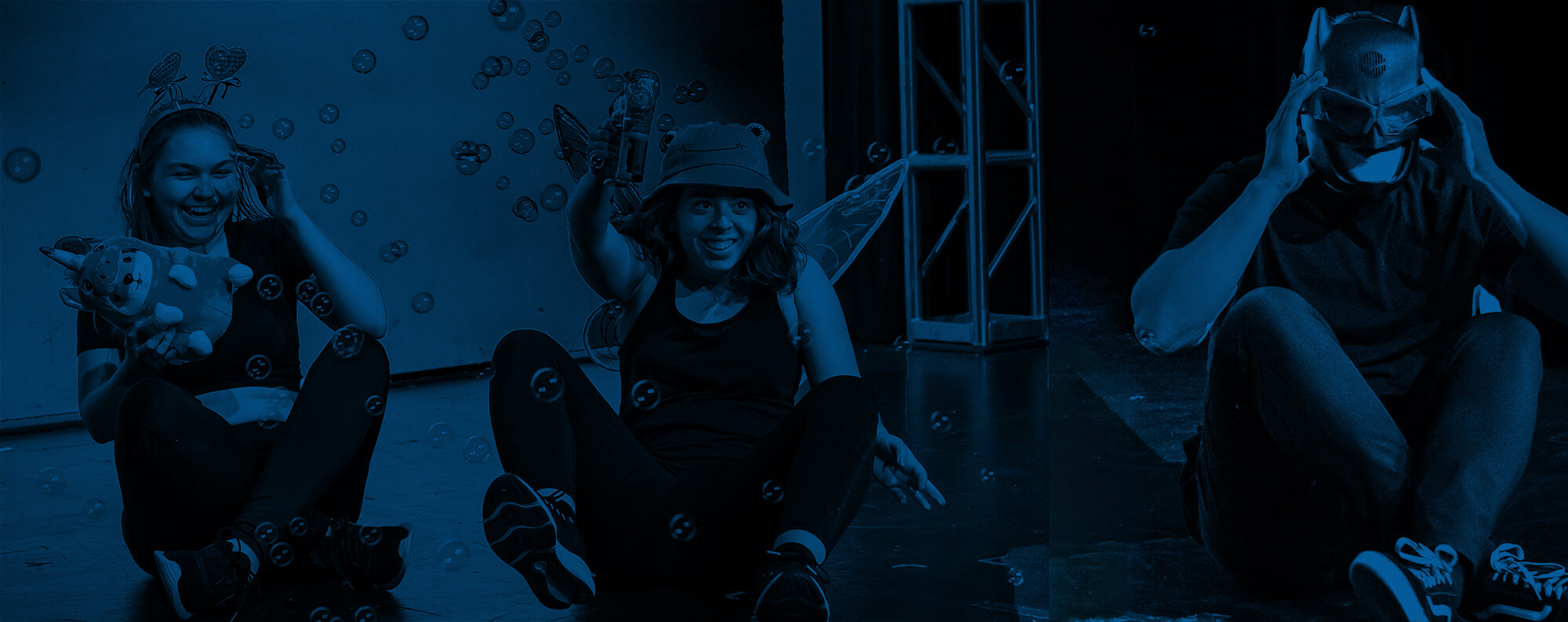
ShenCoLAB
Shenandoah Conservatory turns over the programming and facilities to its students for a week of unbridled exploration, collaboration and creativity.
ShenCoLAB is the only such week of its magnitude and scope offered by a university performing arts program in the United States.
The week culminates in an extraordinary event: the Festival of Arts, Ideas & Exploration which features a wide variety of exciting, innovative and provocative performances, presentations, roundtable discussions and other special events.
Take a Virtual Tour of Shenandoah Conservatory
Shenandoah Conservatory is an exciting hub of collaboration and innovation. Here’s a chance to take a quick look at all the spaces in which our students engage in rich and rewarding creative experiences in music, theatre and dance.
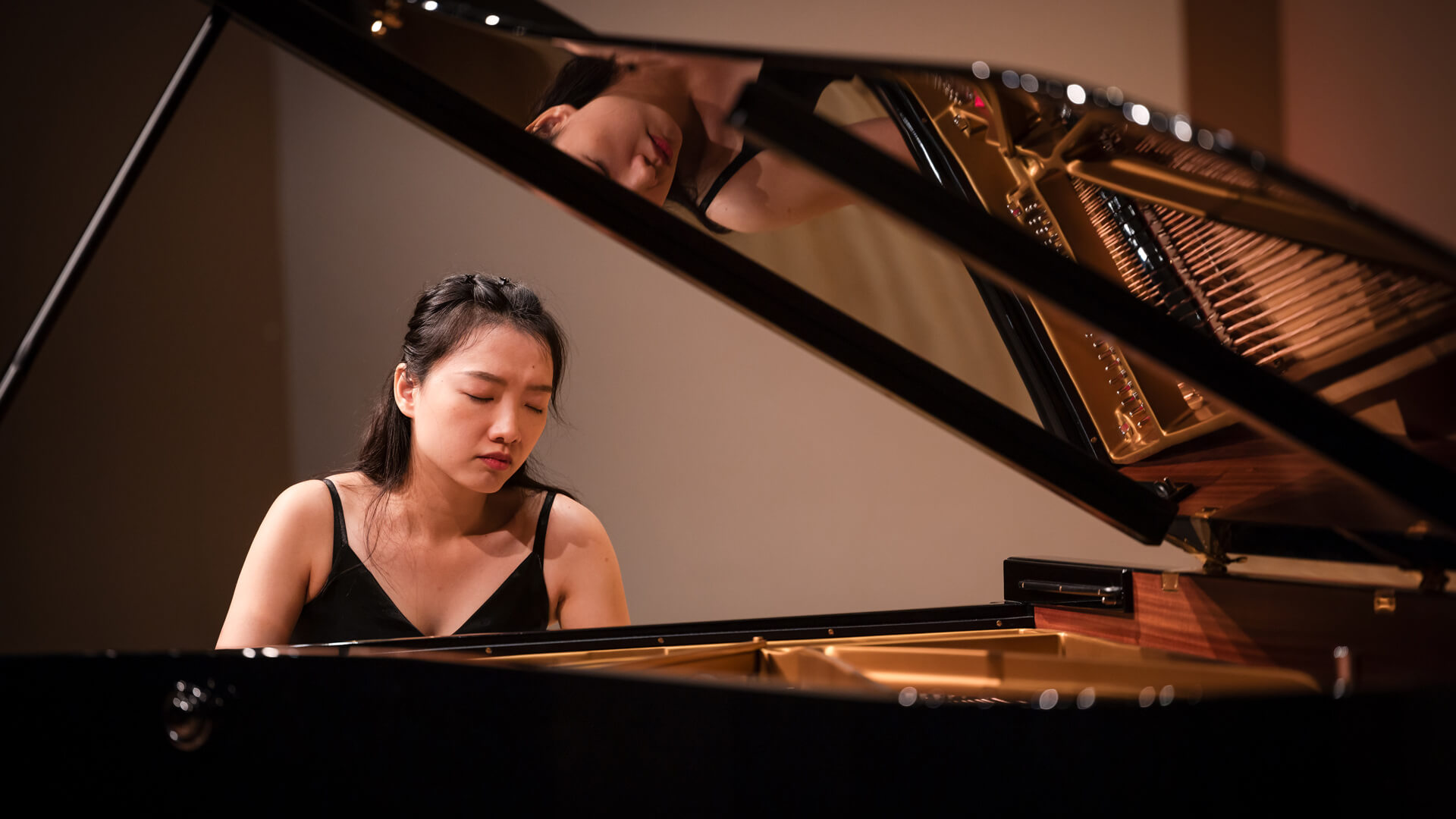
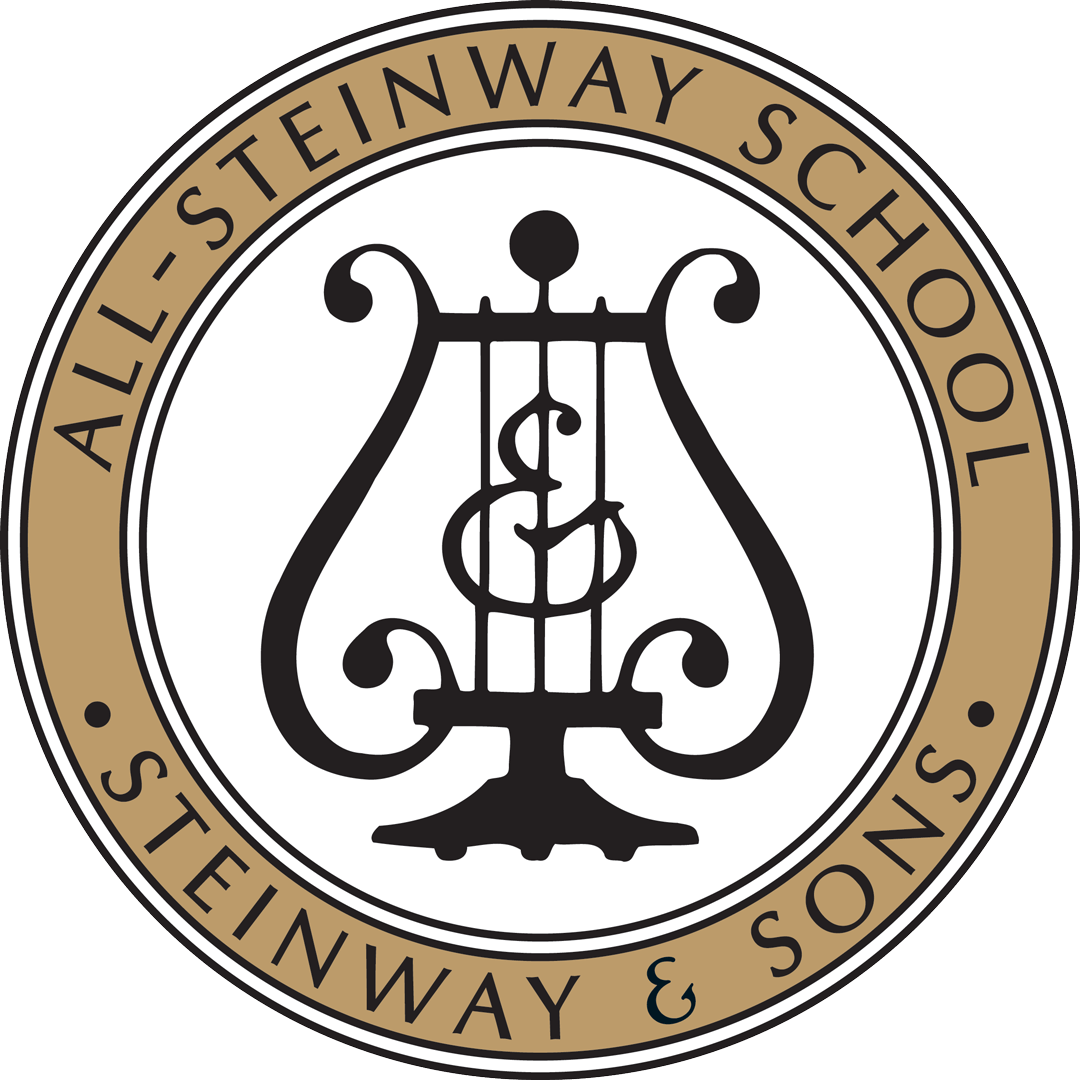
We’re an All-Steinway School
Great music stirs the heart and inspires the soul, and Steinway pianos are celebrated as the instruments used by renowned artists to cultivate their talent and produce great music. Similarly, uncompromising excellence in performing arts education sparks the imagination and inspires the future.
